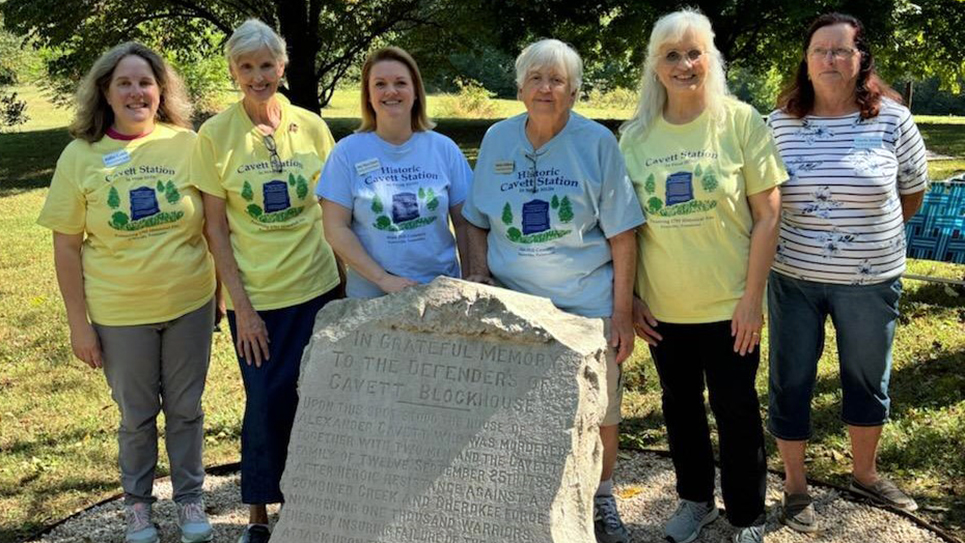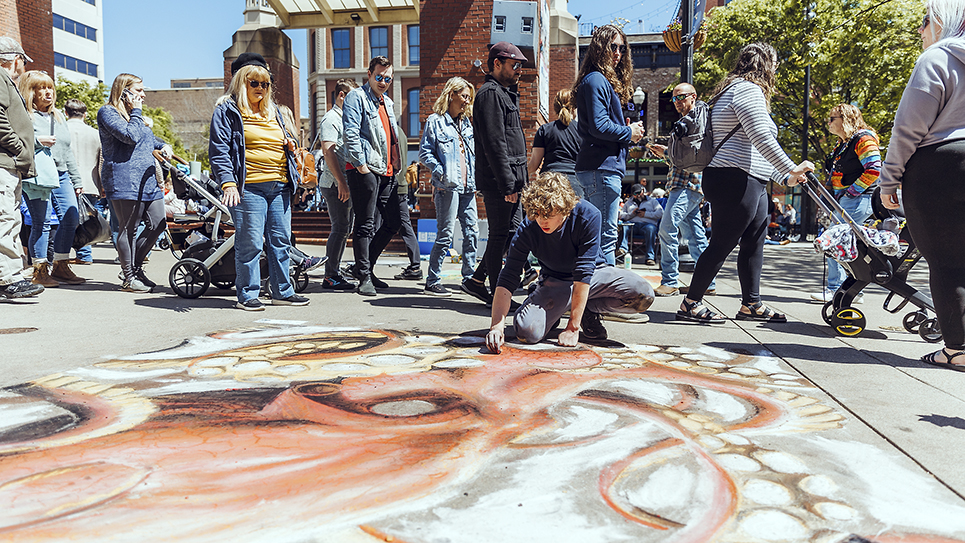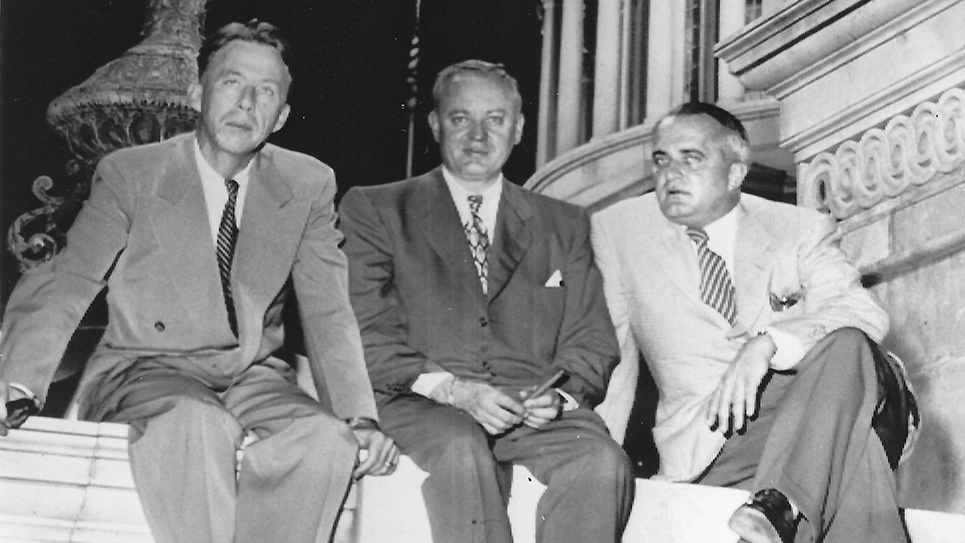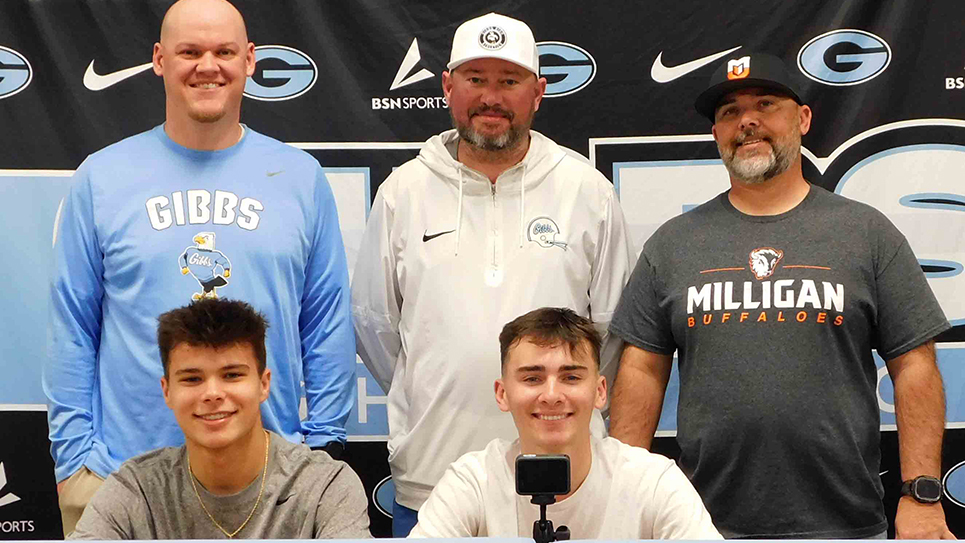Cavett Station Tragedy focus of April luncheon
By Mike Steely
Senior Writer
steelym@knoxfocus.com
The first Friends of Cavett Station luncheon is scheduled for Saturday, April 12, with a presentation by Dr. Christopher Magra. The luncheon will begin that day at 11 a.m. at the Bearden Banquet Hall at 5806 Kingston Pike. The invitation can be found online at friendsofcavettstation.org and on the group’s Facebook page and includes a QR code for ticket purchases and reservations.
At the luncheon, FCS President Amy Mays Emert will talk about Alexander Cavett’s life before the massacre, including his service in the American Revolution, affiliation with the State of Franklin, and what brought him to Knoxville in 1790.
Dr. Magra is a professor of American History at the University of Tennessee and director of the Center for the Study of Tennesseans and War.
The Friends of Cavett Station postal address is P.O. Box 50241, Knoxville, TN. 37950. The organization is a non-profit group with the mission of caring for the Mars Hill Cemetery, located on Broome Road in West Knoxville, the site of the former frontier station that housed the Cavett family.
What happened at Cavett’s Station?
On September 25, 1793, an incident took place that not only shocked settlers but clearly separated the Chickamauga leaders. Chief Doublehead and Chief John Watts planned to capture the federal garrison in Knoxville in revenge for an attack on Coyatee by the white militia.
Watts easily recruited 1,000 warriors to avenge the attack and began riding toward the federal barracks, where the old Knox County Courthouse now stands. Two warriors were sent to watch General John Sevier’s force, camped at Ish’s Fort. Both Indians were discovered and one, Nettle Carrier, was wounded. He made it back to Watt’s war party with sad news: Doublehead’s brother, Pumpkin Boy, had been killed.
Doublehead was outraged and wanted personal revenge and insisted that not only should the fort at Knoxville be attacked but also every cabin along the way.
Alexander Cavett was an early settler of old Washington County, Tennessee. Cavett’s Station stood west of Knoxville and consisted of only a few fortified cabins. With Sevier’s militia several miles away and the next closest garrison near Nashville, the Cavetts and many other stations had few guards and little nearby help.
Cherokee warrior Bob Benge was selected to speak with those inside the walls of the fortified cabin and he approached as directed. Benge was the red-headed son of a Cherokee woman and a white trader.
Benge told the settlers that if they surrendered, they would come to no harm and be traded back to territorial authorities. Benge had been given the words by Watts, and both men believed the promise to be true.
The settlers looked at the large force and agreed to the terms, leaving the cabin after dropping their weapons.
As they left the cabin, Doublehead and probably some of his closest warriors rushed the settlers and killed all thirteen except for one small boy.
Chief Watts sheltered the child and put him up on his own horse for protection, cursing Doublehead’s action and saying various insults to his uncle. Benge was also shocked and frustrated that his words had been used as a ploy for cold-blooded murder.
By some accounts the Cavett child was being taken back to the Lower Towns when he was killed by some of the Creek warriors among the Chickamauga, but the most often told tale has Doublehead riding up from behind, grabbing the infant who had been crying in fear, and bashing out the child’s brains against a tree that grew beside the trail.
Watts, Benge and their followers called Doublehead “Baby Killer” from that day forward whenever an appropriate insult was needed.
Before leaving the Cavett station, the Chickamauga warriors burned it to the ground. Seeing the smoke from the federal garrison in Knoxville, Sevier dispatched Captain Harrison to investigate. All he found were smoldering ashes and butchered bodies.
Following the Cavett Station incident, a large force commanded by Sevier tracked the Chickamauga down to the old “Lower” Cherokee towns of northern Georgia. It was to be Sevier’s last campaign against the Chickamauga and took place at the “Battle of Etowah” near Rome, Georgia.
Before returning, Sevier’s force destroyed the village and allowed most of the women and children to go free.






